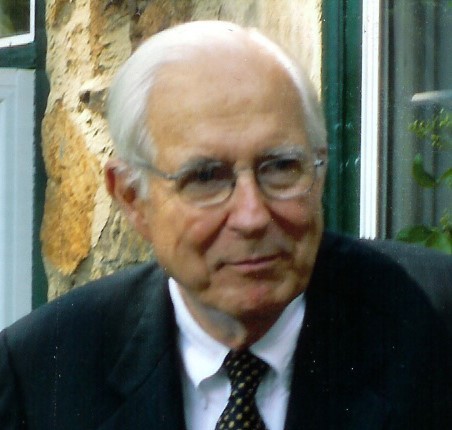With grace, modesty and deep insight, Stanhope Browne here sets the historic stage for the surge of civic intelligence and commitment that literally saved the waterfront of one of America’s greatest historic neighborhoods – Philadelphia’s Society Hill – from the worst destruction of post-World War II superhighway building.
But this is also a personal memoir of Stanhope the man– my friend over six decades of our lives. We first met at college in the early 1950s; I recall his good human and intellectual curiosity as much as the towering physical height (6' 10"). From the ‘70s onwards, there were many visits to old Society Hill townhouse that Stan and his wife Libby took over and restored to historic quality and a gathering place for spirited talk. And yet another highlight – in 2001 visiting Stan and Libby at the Paris apartment where, in retirement, they were spending three years soaking up the culture and architecture of that wondrous city.
In his lifetime, through many of the experiences related in these pages, Stan developed from good student and able lawyer to an acute observer of civic process – the people, circumstances, vision critical to landmark achievements in a city. His delightful list of “world class urban amenities” ranges from the Colossus of Rhodes to the Eiffel Tower and St. Louis’ Gateway Arch to the very recent Millennium Park in Chicago (See the full memoir text for this section.)
Stan would have loved to transform the Delaware River waterfront of historic East Philadelphia into a comparable wonder. The 15-year struggle, mobilizing an ever-expanding list of citizen, professional and government allies, was not to be quite that. But with the final government agreement that the highway be depressed, with a cover constructed over its freeway lanes, a monstrous exposed roadway running along Philadelphia’s most important waterfront to become a gathering and recreation place for its people, was averted. And Stan’s civic leadership was no small part of the decision. He was a man who loved and relished urban life even while giving us so much to remember as we look to the future of the world’s cities.
Neil Peirce is an urban affairs journalist.
